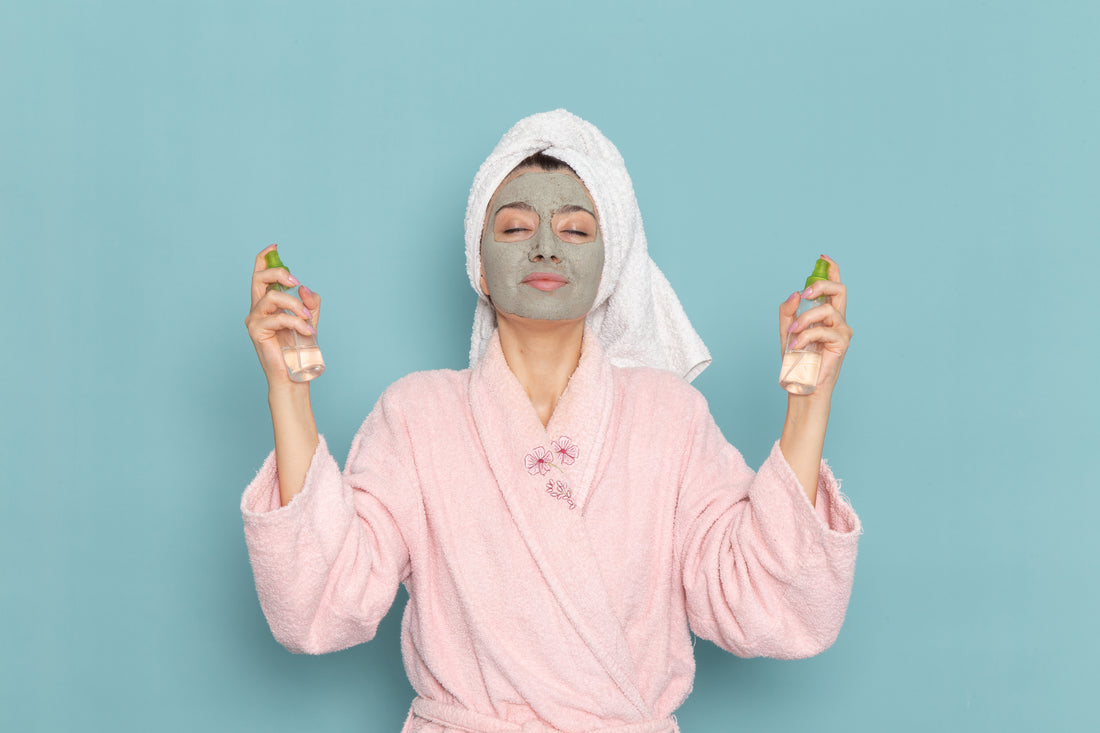Japanese vs Korean Skincare Routine: Discover the Right Beauty Ritual for You
Japanese vs Korean Skincare Routine: Discover the Right Beauty Ritual for You
Blog Article
In today’s global beauty market, the debate between the Japanese vs Korean skincare routine continues to be a hot topic. With both cultures offering centuries-old skincare wisdom backed by modern innovation, it’s no surprise that skincare lovers around the world are torn between the two. But how do you decide which one suits you best?

In this article, we’ll break down the core differences, showcase the best products from both routines, and help you uncover which approach aligns best with your skin needs and personal preferences.
Understanding the Philosophies: Japanese vs Korean Beauty
Both Japanese and Korean skincare are grounded in long-standing traditions, but their approaches diverge significantly:
Japanese Skincare: Minimalist and Preventative
The Japanese skincare routine emphasizes simplicity, elegance, and long-term prevention. It's less about instant results and more about maintaining a healthy skin barrier and preventing signs of aging.
Key Concepts: Prevention, hydration, purification, and UV protection
Common Ingredients: Rice bran, green tea, camellia oil, sake (fermented rice), and hyaluronic acid
Texture Focus: Lightweight and soothing, with a focus on lotions and milky emulsions
Japanese routines often consist of 4–6 carefully chosen steps and are deeply rooted in daily discipline. The aim is to nurture and protect the japan skins aesthetic—a calm, plump, and balanced complexion.
Korean Skincare: Layered and Targeted
On the other hand, Korean skincare routines are more experimental, trend-driven, and involve multiple layers of hydration and treatment. The goal is to achieve the glowing “glass skin” effect.
Key Concepts: Layering, hydration, skin-first approach, and personalization
Common Ingredients: Snail mucin, propolis, ginseng, licorice, centella asiatica, and niacinamide
Texture Focus: Lightweight gels, essences, ampoules, and serums
With 7 to 10+ steps, K-beauty focuses on customized care where users adjust products based on changing skin conditions.
Step-by-Step Comparison: Which Routine Works for You?
Here’s a look at how the two routines stack up in a step-by-step format:
| Step | Japanese Skincare | Korean Skincare |
|---|---|---|
| 1. Cleanser | Oil cleanser + mild foam cleanser | Oil cleanser + water-based cleanser |
| 2. Hydration | Skin-softening lotion (not a toner) | Hydrating toner and essence |
| 3. Treatment | Serum or ampoule with antioxidants | Essence, serum, ampoule—layered |
| 4. Moisturizer | Milky emulsion or cream | Gel or cream moisturizer |
| 5. Sunscreen (AM) | Always part of the routine | Always part of the routine |
| 6. Extras | Occasional sheet masks or massage tools | Regular sheet masks, eye creams, and sleeping packs |
Best Japanese Skin Care Products to Try in India
With the growing popularity of Japanese skincare, many products are now accessible in India through online platforms. Whether you’re just starting out or building a routine, here are top recommendations:
Hada Labo Gokujyun Premium Lotion – Packed with 5 types of hyaluronic acid to deeply hydrate.
Biore UV Aqua Rich Watery Essence SPF 50+ – One of the most loved Japanese sunscreens for India’s hot climate.
DHC Deep Cleansing Oil – Breaks down makeup and SPF without irritating sensitive skin.
Shiseido Ultimune Power Infusing Concentrate – Strengthens the skin barrier and improves resilience.
SK-II Facial Treatment Essence – A premium essence powered by Pitera™ to improve texture and radiance.
These are among the best Japanese beauty products, highly praised for quality and efficacy. You can find these Japanese skin care products in India via Amazon, Nykaa Luxe, and select specialty importers.
Key Korean Skincare Products to Consider
If you're leaning toward a Korean skin care routine, here are bestsellers loved by Indian and global users alike:
COSRX Low pH Good Morning Gel Cleanser – Great for maintaining a balanced skin barrier.
Innisfree Green Tea Seed Serum – Provides lightweight hydration for all skin types.
Etude House Soon Jung pH 5.5 Relief Toner – Ideal for sensitive or irritated skin.
Laneige Water Sleeping Mask – Hydrates overnight for refreshed, plump skin.
Missha Time Revolution First Treatment Essence – Brightens, hydrates, and improves skin tone.
Ingredient Focus: What’s Inside Matters
When choosing between the Japanese vs Korean skincare routine, consider your skin’s sensitivity and goals. Here's how their star ingredients differ:
Japanese Star Ingredients:
Rice Extract: Brightens and evens skin tone
Camellia Oil: Moisturizing and rich in antioxidants
Green Tea: Anti-inflammatory and protects against UV damage
Fermented Ingredients: Promotes healthy skin flora and boosts radiance
Korean Star Ingredients:
Snail Mucin: Heals, hydrates, and improves elasticity
Niacinamide: Evens tone and reduces pigmentation
Centella Asiatica: Soothes irritated skin and strengthens barrier
Propolis: Antibacterial and brightening benefits
Budget and Accessibility: Which Is More Affordable in India?
If you're in India and looking at affordability and availability:
Japanese products tend to be more premium and may cost slightly more due to import and brand value. However, they are incredibly long-lasting.
Korean skincare offers a wider price range, making it easy to start with budget-friendly options and scale up as needed.
K-beauty is more mainstream in India due to broader product lines and aggressive brand marketing. But with rising interest, japanese skin products are quickly catching up.
Hybrid Approach: Can You Combine Both Routines?
Absolutely! Many skincare enthusiasts create a fusion routine using the best of both worlds. For example:
Start with DHC Deep Cleansing Oil (Japan) + COSRX Gel Cleanser (Korea)
Hydrate with Hada Labo Lotion (Japan)
Treat with Missha Essence or COSRX Snail Serum (Korea)
Moisturize with Shiseido Emulsion (Japan)
Protect with Biore UV SPF (Japan) or Innisfree Sunscreen (Korea)
Mixing and matching allows you to personalize your experience and choose what works best based on skin concerns.